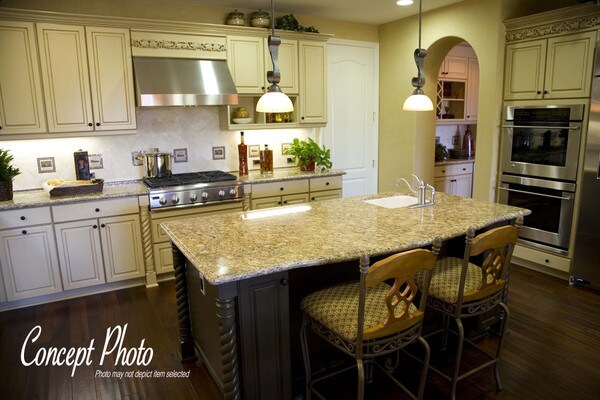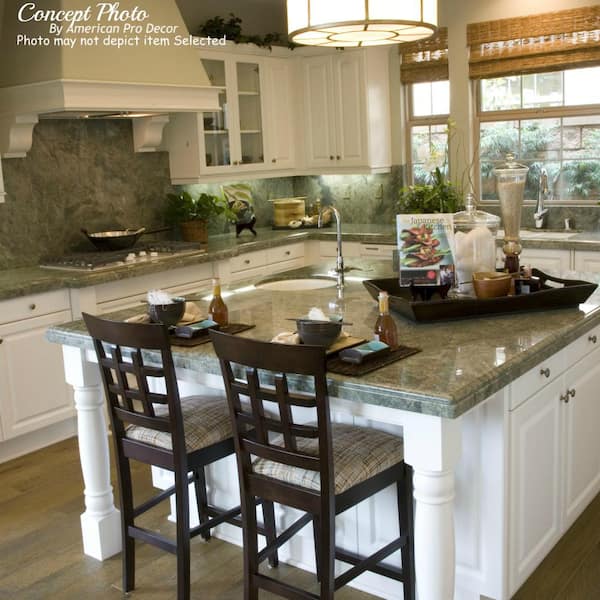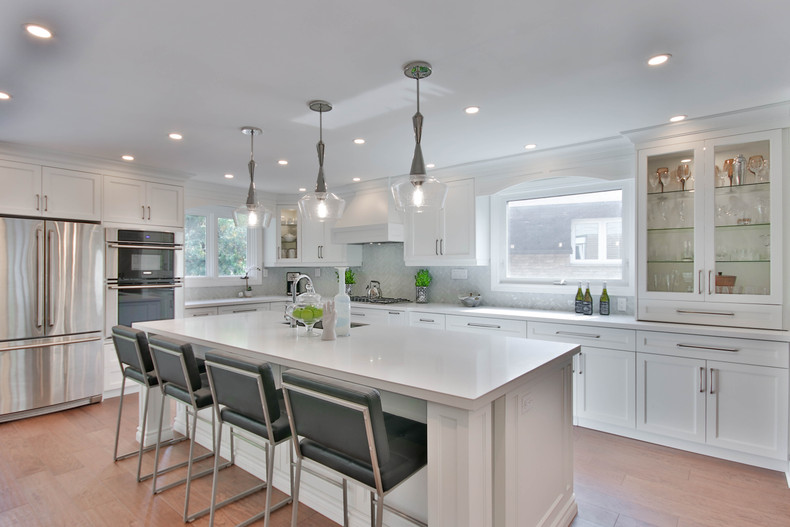Tailor Your Kitchen Look with Distinct Legs For Kitchen Island Alternatives
Tailor Your Kitchen Look with Distinct Legs For Kitchen Island Alternatives
Blog Article
Necessary Factors to Consider When Picking Legs For Kitchen Island
Choosing the proper legs for a cooking area island entails a mindful analysis of numerous aspects that can significantly influence both performance and visual charm. Amongst these, the choice of product plays a pivotal role in making certain durability, while the layout has to match the existing decoration. Considerations such as height and weight assistance are crucial for security and comfort. As we discover these aspects, it becomes clear that each choice can have far-reaching effects for the general kitchen experience. What subtleties should be considered in each of these groups to accomplish the ideal equilibrium?
Material Options
When choosing legs for a cooking area island, understanding the different product options is necessary for achieving both aesthetic allure and architectural integrity (Legs For Kitchen Island). The option of product significantly influences not just the resilience of the island however additionally its overall design and performance
Timber is a preferred choice, using heat and convenience. Solid hardwoods, such as oak or maple, offer toughness and can be stained or repainted to match the cooking area decor. Metal legs, commonly made from stainless-steel or functioned iron, add a modern and industrial feel while making sure toughness and security. These products are immune to put on and can sustain significant weight, making them ideal for larger islands.
An additional choice is engineered materials, like MDF or plywood, which can be much more affordable while still offering a series of coatings. They might not give the exact same level of stability as strong timber or metal. Legs For Kitchen Island. Lastly, products such as acrylic or glass can produce a contemporary look, though they might need additional assistance to make certain stability.
Inevitably, the choice of material for cooking area island legs must line up with the wanted performance and the overall motif of the kitchen area.
Style and Style

When considering style, the shape and finish of the legs are vital. Conical legs can supply a feeling of agility and sophistication, while thicker, extra robust legs can communicate stamina and security. Furthermore, the surface-- be it painted, discolored, or natural-- ought to complement the cabinetry and countertop materials to create a unified appearance.
In addition, the layout of the legs can additionally show personal taste. Customized or decorative legs, such as those including detailed makings or special geometric shapes, can serve as prime focus, including personality and character to the kitchen area. Ultimately, the right selection will certainly not only enhance capability however likewise elevate the visual charm, making the kitchen area island a standout feature of the home.
Elevation Considerations
Choosing the appropriate elevation for kitchen island legs is crucial, as it straight affects both functionality and convenience. The common height for a cooking area island normally my explanation ranges from 36 to 42 inches, aligning with typical countertop elevations. A 36-inch height is ideal for food prep work and cooking, permitting comfortable use kitchen area appliances and devices. Conversely, an elevation of 42 inches is frequently favored for islands meant for bar seats, fitting taller feceses and providing an informal dining experience.

It is also essential to make up users' choices and elevations. Tailoring the elevation can make certain a comfortable experience for all relative, making the cooking area island a much more enjoyable and functional room.
Weight Assistance
Guaranteeing adequate weight assistance for kitchen island legs is vital for both safety and security and performance. The kitchen island commonly serves numerous functions, consisting of cooking, eating, and extra storage space, requiring a durable support framework. When selecting legs, it is critical to think about the total weight capacity called for based on the island's meant usage and the materials that will certainly be placed on it.
The option of product for the legs plays a considerable duty in their weight-bearing capabilities. Strong timber, metal, and durable compounds typically supply superior stamina contrasted to lighter materials. Furthermore, the layout of the legs-- whether they are straight, tapered, or have a pedestal type-- can affect their capacity to distribute weight efficiently throughout the framework.
Furthermore, the leg placement need to be strategically planned to improve security. Legs placed at the corners or with a larger base can better sustain larger lots. Always speak with the maker's requirements regarding load limitations to make sure that the legs can maintain the desired weight without endangering safety. In summary, selecting kitchen area island legs with appropriate weight assistance is crucial for creating a functional and safe culinary space.
Setup and Maintenance
Appropriate installation and upkeep of kitchen area island legs are critical for making certain durability and security. This commonly includes safeguarding the legs to the island base making use of appropriate bolts, making certain that the legs are degree and lined up.
As soon as mounted, routine maintenance is essential to preserve click here for more info the honesty and look of the legs - Legs For Kitchen Island. For wood legs, regular cleansing with a wet fabric and application of suitable timber gloss can stop dampness damage and keep their finish. Metal legs might require a mild cleansing service to eliminate oil and gunk, adhered to by a dry fabric to prevent rust development
Additionally, examine the legs regularly for signs of wear or damage, such as fractures or loosened joints. Tightening up screws or screws as required can additionally prolong the lifespan of the legs. By adhering to these installation and maintenance methods, house owners can make certain that their cooking area island continues to be sturdy and visually appealing for years to come.
Conclusion

Aesthetic coherence is vital in picking the style and style of legs for a kitchen area island, as these components greatly influence the general atmosphere of the room. Conical legs can provide a sense of lightness and sophistication, while thicker, extra robust legs can convey strength and stability.Selecting the proper elevation for cooking area island legs is crucial, as it directly impacts both functionality and comfort. In summary, choosing kitchen area island legs with appropriate weight assistance is necessary for producing a useful and secure cooking room.
In verdict, picking legs for a cooking area island demands cautious factor to consider of different aspects, including material options, style, elevation, weight assistance, and installment.
Report this page